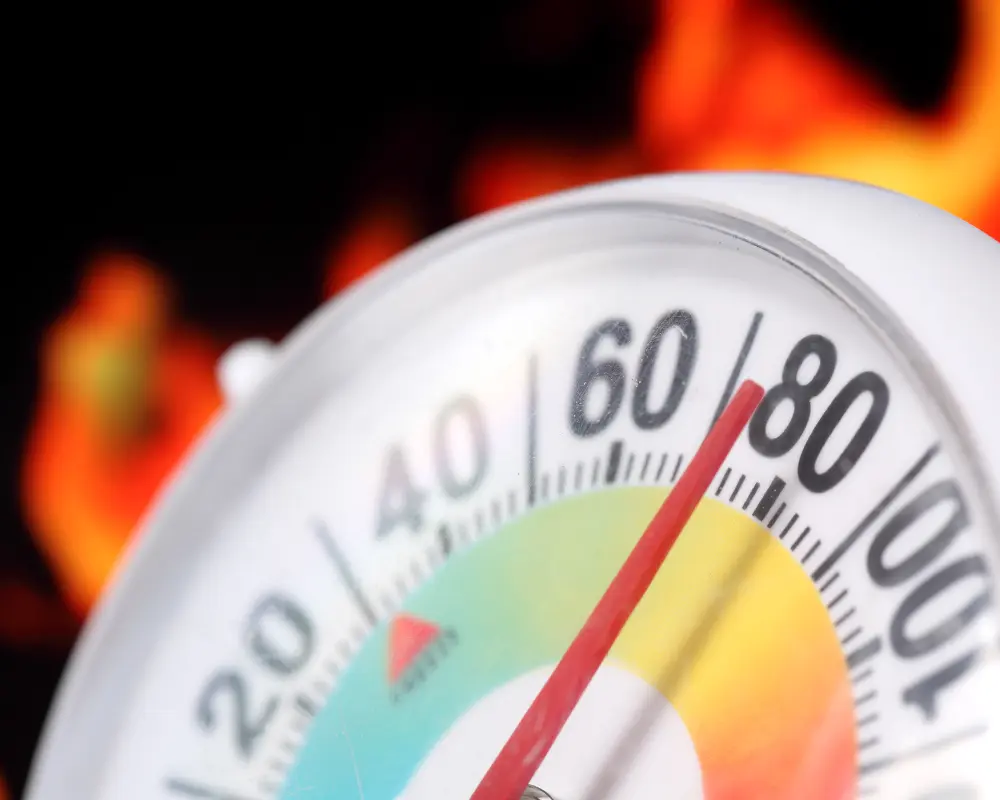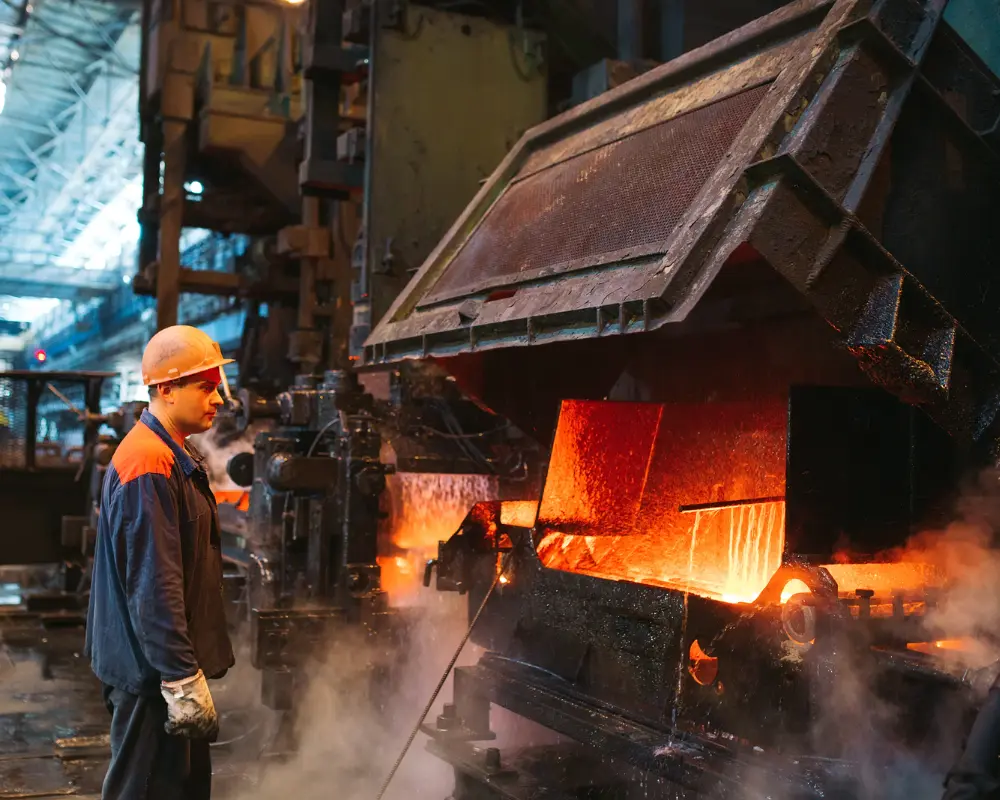Want more information about heat safety standards? Check out our Heat Standards Map page to explore the latest federal and state-level heat safety requirements.
Anticipated Effective Date: 8.1.24
California is set to implement a groundbreaking indoor heat illness standard, impacting employers statewide this summer. Adopted by the California Occupational Safety and Health Standards Board on June 20, this new regulation is the second of its kind in California. It introduces significant compliance obligations for employers, especially those managing environments where indoor temperatures can reach 82 degrees Fahrenheit, such as warehouses, distribution centers, restaurants and manufacturing plants. The rule is anticipated to take effect on August 1, 2024, pending expedited review by the Office of Administrative Law. Continue reading for a detailed overview of what employers need to know and the steps necessary for compliance.
1. Requirements for Temperatures Reaching 82 Degrees

Organizations will need to provide the following to comply with this new regulation:
Key Compliance Actions
- Develop a Written Heat Illness Prevention Plan: Employers must create a heat illness prevention plan tailored to their workplace conditions. This plan should cover procedures for water access, acclimatization, cool-down areas, temperature and heat index monitoring and emergency responses. Generic plans that merely restate safety orders are insufficient. Check out this template heat stress plan to get started.
- Provide Fresh, Cool Drinking Water: Employers must supply employees with fresh, pure and suitably cool drinking water, accessible in cool-down areas and work areas. If running water isn’t available, each employee must receive one quart of drinking water per hour. Frequent water consumption should be encouraged during high-heat conditions.
- Cool-Down Rest Periods: Employers must ensure access to cool-down areas, maintained below 82 degrees and shielded from direct sunlight and other heat sources. Employees should be allowed and encouraged to take preventive cool-down rests whenever necessary. During these rests, employers must monitor employees and require them to return to work until any signs of heat illness are gone. These rests are legally considered “recovery periods” and failing to provide them can result in premium pay obligations. Not sure how to implement rest periods? SlateSafety’s physiological monitor, the BAND V2, can be used to automate work/rest cycles according to ACGIH guidelines.
- Acclimatization: Employers must closely observe new employees or those working during heat waves for the first 14 days, looking for signs of heat stress. According to OSHA, the majority of heat stress fatalities occur in the first few days of working in warm environments because the body needs to build a tolerance to the heat gradually over time. Luckily there are tools that can help. SlateSafety’s real-time dashboard and personalized physiological monitor can be used during these crucial acclimatization periods to provide real-time alerts based on core body temperature.
- Training Requirements: Employers must train all employees on the risks of heat illness and the specifics of the heat illness prevention plan. Supervisors need additional training on responding to heat illness symptoms and monitoring hot weather advisories.
2. Enhanced Measures for Temperatures Reaching 87 Degrees (or 82 Degrees Under Specific Conditions)

Additional Protocols:
- Measuring and Recording: Employers must measure and record the temperature and heat index when it is suspected to reach 87 degrees. This requirement starts at 82 degrees when employees are wearing heat-restrictive clothing or are working in high radiant heat areas. Measurements should be repeated if temperatures are expected to rise significantly.
- Control Measures: A hierarchy of control measures must be implemented to reduce heat illness risks. These include:
- Engineering Controls: Use of air conditioning, fans, ventilation and insulation to lower temperatures and heat index.
- Administrative Controls: Adjusting work schedules, rotating employees and reducing work intensity.
- Personal Heat-Protective Equipment: As a last resort, use cooling garments if other controls are insufficient.
3. Notable Exceptions
Situations Where the Rule Doesn’t Apply:
- Brief Indoor Exposures: The rule does not apply if employees are exposed to temperatures below 95 degrees for less than 15 minutes per hour.
- Teleworking and Emergency Operations: The rule excludes telework locations chosen by the employee and emergency operations directly involved in protecting life or property.
Employers need to start preparing now to ensure compliance with these new regulations. By implementing these measures, businesses can safeguard their employees’ health and avoid potential legal and financial repercussions.
If you are looking for more information on how technology can help in your heat illness protection plan, then contact us for help.

